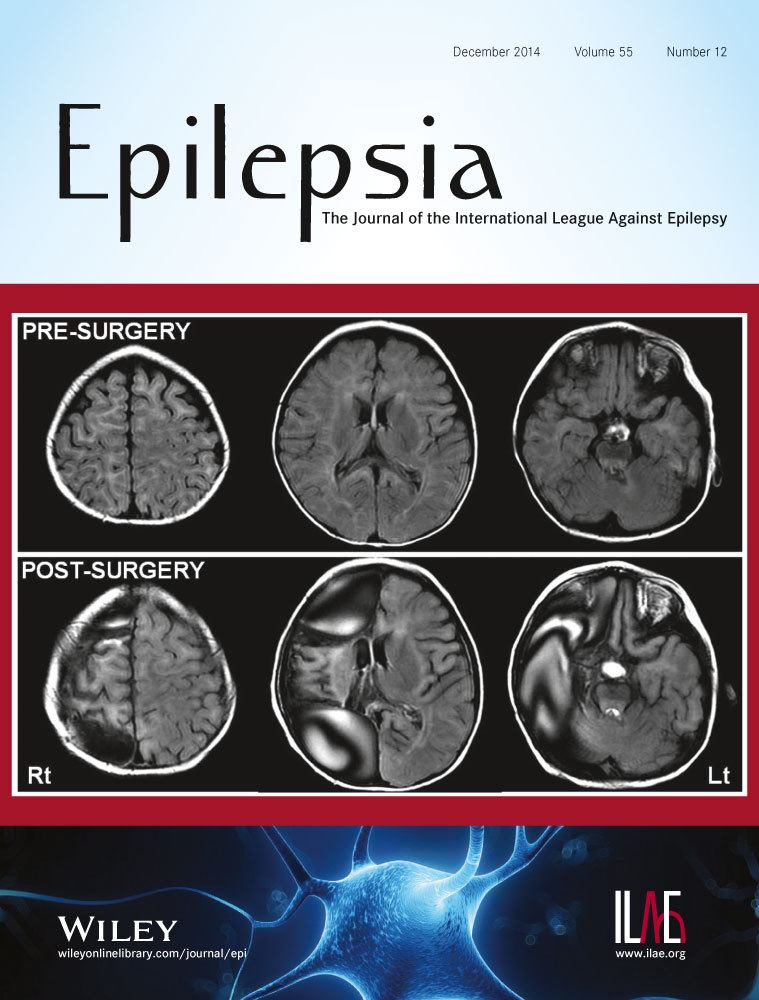Variable electrobehavioral patterns during focal nonconvulsive status epilepticus induced by unilateral intrahippocampal injection of kainic acid
Summary
Objective
Nonconvulsive status epilepticus (ncSE) is a severe condition that may result in neurologic sequelae and epilepsy resistant to pharmacologic treatment. We analyze here seizure and electroencephalography (EEG) patterns and their correlation to the development of a chronic epileptic condition in a guinea pig model of focal ncSE induced by intrahippocampal injection of kainic acid (KA).
Methods
Electrobehavioral patterns during ncSE induced by unilateral injection of 1 μg of KA in the CA1 region of the hippocampus were characterized by continuous video-EEG monitoring in 13 guinea pigs bilaterally implanted with recording electrodes in the hippocampus and neocortex.
Results
Video-EEG analysis demonstrates a high variability of seizure type and duration during KA-induced ncSE. Seizures showed focal signs correlated with diverse epileptiform EEG discharge distributions, either diffuse or localized. Nonfocal (bilateral motor) signs during seizures most likely correlated with a diffuse EEG pattern. The evolution into a chronic epileptic condition correlated neither with the severity of seizure pattern nor with the diffusion of the EEG discharges observed during the ncSE.
Significance
Video-EEG monitoring in a guinea pig model of ncSE induced by unilateral hippocampal injection of KA demonstrates a high variability of electrobehavioral patterns. We demonstrate that the seizure severity score during focal ncSE is not a predictor of the evolution into a chronic epileptic condition of mesial temporal lobe epilepsy.




